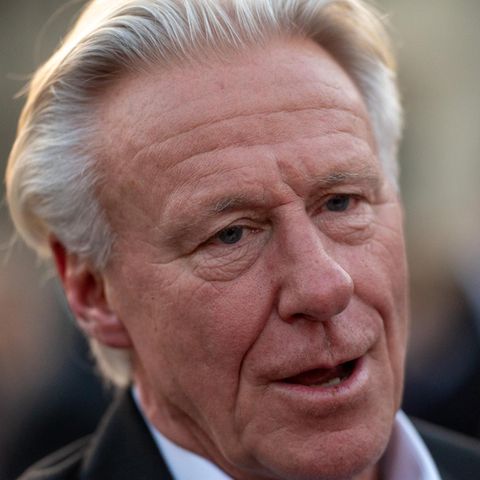The European Central Bank (ECB) will most likely cut interest rates on Thursday. However, due to a technical change, the rate cut will be different.

This is original content from the Capital brand. This article will be available for ten days on stern.de. After that, you will find it exclusively on capital.de. Capital, like the star to RTL Germany.
A central bank has done its job when it no longer has to surprise the market. After all, monetary policy is now controlled more through communication than through unexpected monetary policy steps. The European Central Bank (ECB) has also successfully managed expectations for its current interest rate decision. Virtually no one on the market is expecting anything other than the second interest rate cut by the Frankfurt-based euro central bank.
However, many market observers are not aware of a decision made by the ECB in March that will lead to a slightly different interest rate cut. This also applies to the author of this article, who received a friendly call from central bank circles to learn that the ECB will be reducing the interest rate corridor for its two most important key interest rates starting today’s interest rate decision and thus starting next week, and will therefore not simply reduce all three key interest rates by 25 basis points.
Deposit rate remains central
The deposit rate will continue to be the most important key interest rate that the ECB Governing Council uses to steer monetary policy. The ECB pays this rate for deposits that banks park overnight at the central bank and that exceed the minimum reserve requirements. The reason for this approach is that, as a result of the phase of ultra-loose monetary policy combined with large-volume bond purchases, there is still a great deal of liquidity available in the eurozone banking system. In any case, significantly more than the ECB considers necessary, which is why it is also referred to as excess liquidity.
The deposit rate is currently 3.75 percent, which is essentially the upper limit for overnight interest rates. The deposit rate has replaced the main refinancing rate, which was long considered the most important key interest rate and at which banks can obtain fresh liquidity from the ECB by depositing collateral such as securities. The main refinancing rate is currently 50 basis points higher than the deposit rate. From September 18, the ECB wants to narrow the range to 15 basis points.
Spread drops to 15 basis points
This decision now has consequences for today’s interest rate decision. Assuming that the ECB lowers interest rates and controls this via the deposit rate, this would fall by 25 basis points to 3.5 percent. An interest rate cut of 50 basis points is currently considered out of the question. With the reduction to 3.5 percent, the main refinancing rate would fall to 3.65 percent according to the new regulation, which would mean a significant interest rate cut, as it currently stands at 4.25 percent. In addition, according to the ECB decision in March, the marginal lending facility as the third key interest rate should continue to be 25 basis points above the main refinancing rate. It would then fall from 4.50 to 3.90 percent.
The ECB wants to give the market more room to refinance banks. The background to this is that up until the global financial crisis, banks in need of liquidity borrowed money from competitors who had too much liquidity. The liquidity between banks was thus balanced out via the market interest rate. But with the crisis and various collapses in the industry, the institutions began to distrust each other and stopped lending money. The ECB stepped in at the time and has kept the eurozone banking system liquid ever since. As monetary policy normalizes, the market is now set to take center stage again. One contributing factor to this is the smaller spread between the two important ECB interest rates.
Source: Stern




